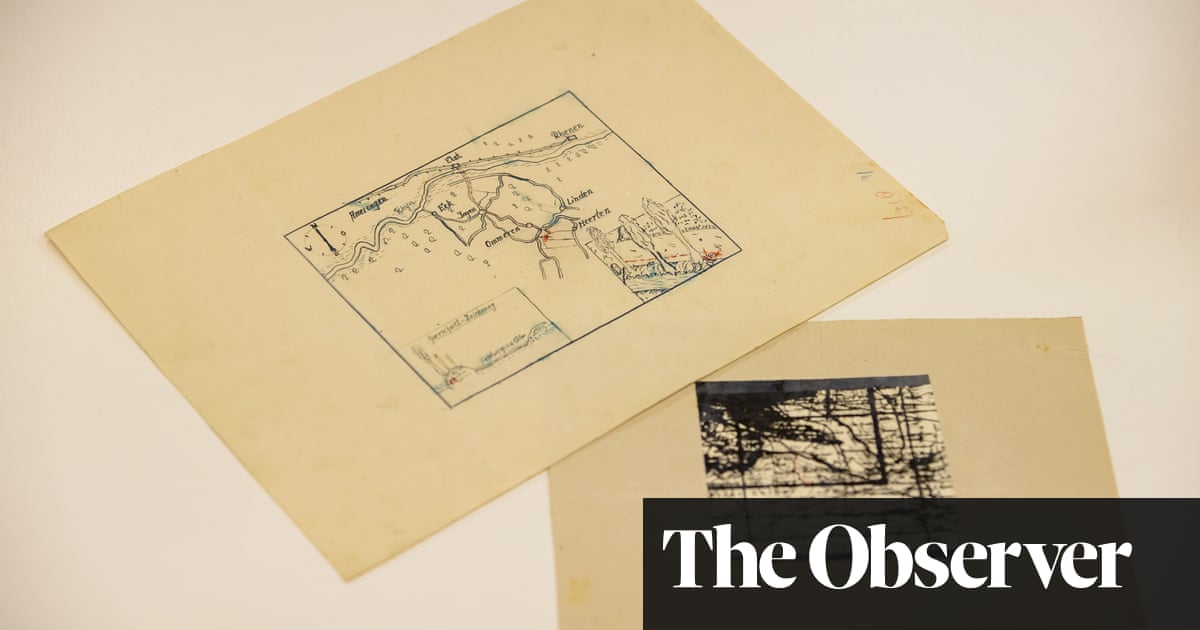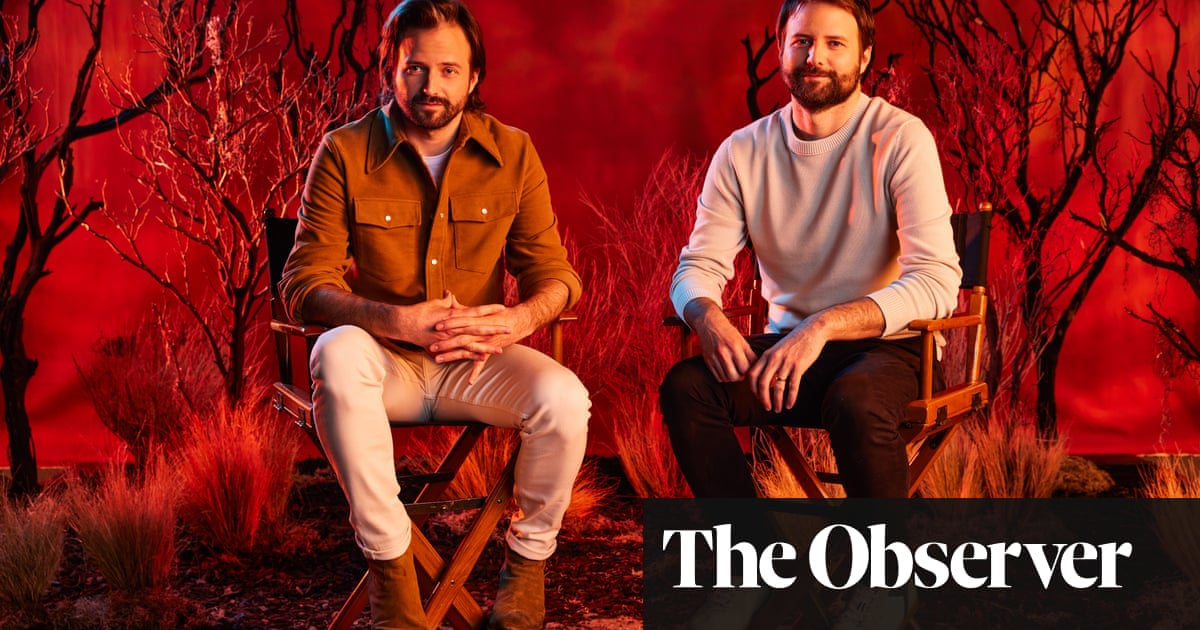
Jon Collins-Black’s mother had always dreamed of living in a log cabin. So when his father, a minister, was given 20 acres of land by a member of his congregation, he built her one in North Carolina. “Literally with his bare hands,” Collins-Black says. On sweltering days, the young Collins-Black would chase lizards, sneak up on snakes, and dig holes. On balmy nights, he’d wonder what he might find the next day. Still, closest to his heart were his days spent at the Emerald Hollow Mine, a 20-minute drive away at the foot of the Brushy Mountains. There, he’d sift in the creek and poke through the dirt on the hunt for treasure.
Over three decades later, Collins-Black has kicked off a real-world treasure hunt – what he believes to be the largest in US history – for a trove worth several million dollars. He has hidden five boxes – one containing “the lion’s share”, and four smaller ones – across five US states. Collins-Black’s new book There’s Treasure Inside, published this month, acts as a 243-page treasure map containing the origin stories of each item and clues about how to find them.
While some items could have been disgorged from any pirate’s chest – a pair of ruby earrings, a golden chalice, an amethyst necklace – others are historically specific or significant: a gold pendant by Picasso, George Washington’s jelly glass, Olympic gold medals, a Michael Jordan rookie basketball card, the autograph of Amelia Earhart, Jacqueline Kennedy Onassis’s diamond sapphire brooch, a physical bitcoin and rare Pokémon cards.
When deciding where to hide the boxes, Collins-Black started by looking at Google Maps. He read about the histories of places and studied their topographies. Then he hiked around 100 miles in a “massive reconnaissance” mission.
The hunt has been years in the making. In 2016, a trip Collins-Black took to Portland, Maine, coincided with the mania for Pokémon Go – the meteorically popular game that used augmented-reality to blend real-life and onscreen activity. “There were huge swarms of people out on the streets looking for Pokémon,” said Collins-Black. “I was like, ‘What is going on?’” His hunt, however, “is a totally analogue adventure”, akin to one started in 2010 by the Vietnam vet turned art dealer Forrest Fenn, who hid a chest of treasure in the Rocky Mountains and launched the Fenn treasure hunt. He left only a poem and an accompanying map to guide about 350,000 searchers who set out to scour the western United States. Five people died while doing it, prompting a police chief to implore Fenn to call it off.
Collins-Black didn’t hear about Fenn’s treasure until 2016, but was inspired to make several trips in search of these riches, including a five-week solo stint in the Rockies. In 2020 however, a 32-year-old medical student discovered the trove in the Wyoming section of Yellowstone national park. “I was bummed for weeks,” says Collins-Black. “I didn’t even read the article he wrote about finding it.”
One day, Collins-Black realised that “nothing was stopping me from making my own hunt”. Having sold a self-help website and invested in bitcoin early on, he was financially comfortable. With his own hunt, he wanted to give people a reason to interact with nature, as he had loved to do as a boy. “And I don’t like to do things small,” he adds.
First, Collins-Black needed to find treasure to hide. The perfect trove, he thought, would be rich not only in worth, but in its attractiveness to hunters across generations and interests, including his own. He had studied creative literature as a student. “Emerson and Thoreau were kind of my jam,” he says. “They were also in the woods all the time.” So he scrolled on auction websites until finally he came across a listing of two pages from Thoreau’s journal. Later he would acquire four items from Fenn’s treasure trove, and an emerald owned by the industrialist Andrew Carnegie.
Then came the task of hiding them. “I wanted the five boxes to be as cool as the items themselves.” He came across a box at the Smithsonian museum called The Coffer by blacksmith Seth Gould, who had studied puzzle boxes in Japan. “A treasure box that’s also a puzzle?” says Collins-Black. “My mind was like ‘Pewww!’” He commissioned Gould to build five more boxes, each one unique.
The quest was launched this month, and has already inspired hunters to swap theories and begin searching. Collins-Black’s book is currently the top seller in Amazon’s Adventure Travel category. However, Collins-Black thinks it will take between seven and 10 years for the full treasure to be found, and he hasn’t ruled out sharing additional clues. “This is not a legacy project where I die and people are still searching for my treasures,” he says.
As the hunt progresses, Collins-Black will keep tabs online from his home in the mountains west of Los Angeles, where he lives with his wife and two young kids – none of whom know the treasure’s location. “The kids are always digging and hiding things in the yard,” he says. “They already collect coins.” Is there a treasure hunter instinct within them, too?
“There’s a treasure hunter inside a lot of people,” Collins-Black says, smiling. “Sometimes they don’t even realise it.”
There’s Treasure Inside by Jon Collins-Black is published by Treasure Books Inc












